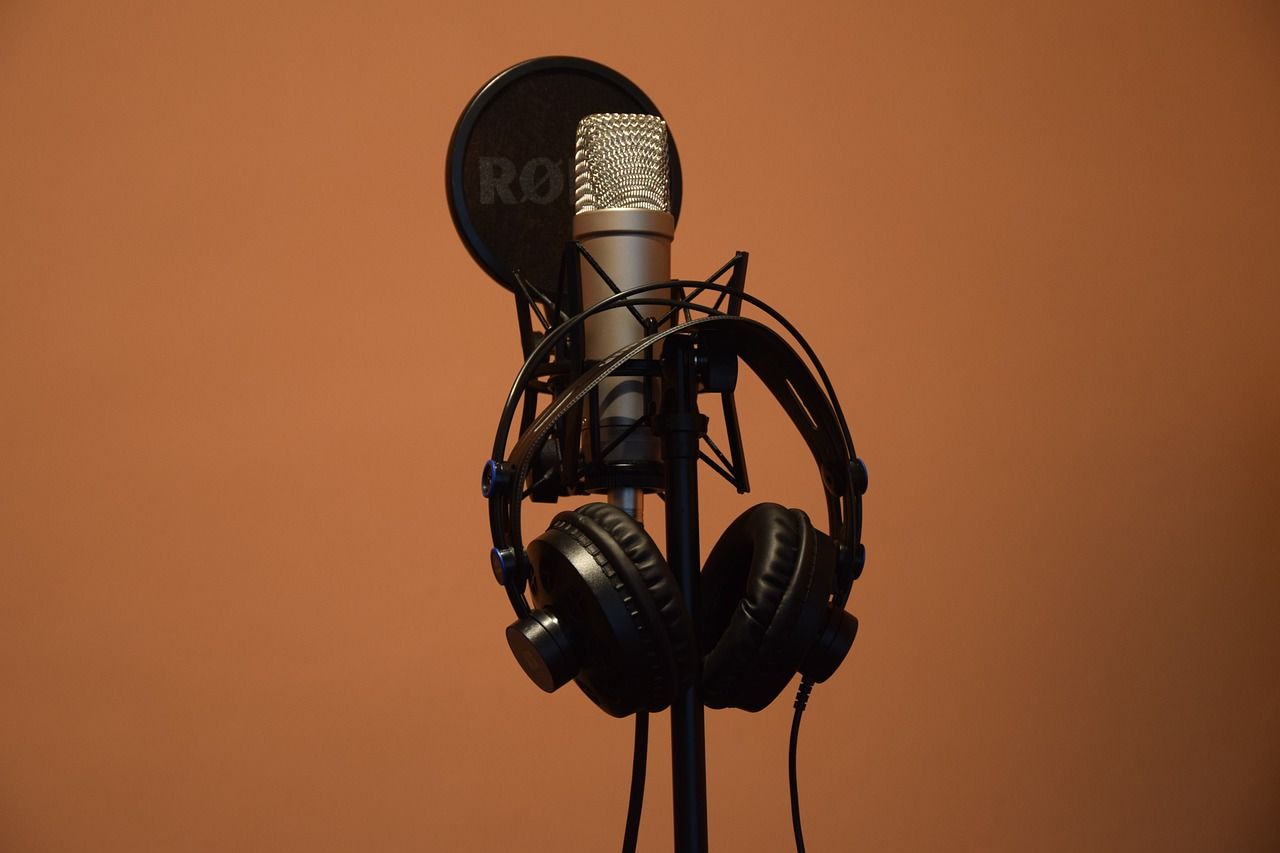Voice over, also referred to as voice acting, can be seen as part art, part perspiration, and a great deal of practice. In this article, we will give you some insights into this fun, amazing, and exciting world of voice acting and what it takes to become a voice over artist. If you require voice over services please look no further!
Voice acting is often misunderstood by a lot of people; many just don’t realize how often they hear voice acting in their daily lives. Since voice acting is rather varied, let’s start by defining what is “voice over”?
What Is Voice Over or Voice Acting?
It’s commonly believed that Walt Disney created the first voice over in 1928 in “Steamboat Willie”, for Mickey Mouse. However, in reality, the first recorded voice over was performed in 1900. It was done by Reginald Fessenden, a renowned Canadian Inventor. Thrilled by Graham Bell’s new device, the telephone, Reginald set out to create a way for people to remotely communicate without wires. This was the beginning of the “wireless” revolution.
In the year 1900, Reginald was working for the United States Weather Bureau, and it was there where he recorded the very first voice over, “Reporting the weather”.
It’s generally accepted that Reginald was the first voice on the radio. In 1906 in Boston, during the Christmas season, he recorded a program of Bible texts, music, and Christmas messages to ships out at the sea.
As communication technology developed, voice acting started becoming common in animated cartoons, radio, etc. The actors behind these voices were rarely known to the public, perhaps with the exception of the eponymous Mel Blanc, who was a radio personality and comedian. Mel Blanc became known as the “Man of 1000 Voices” due to the versatility of his voice, and is the voice behind many cartoons made by Warner Brother during that era.
One of the greatest and most influential voice actors of all time is less known in the public eye, but very renowned in the industry – Don LaFontaine. He started voice acting in 1962 when he recorded the voice over for a movie trailer.
Soon, he became the sound of cinema and the voice of movie trailers for a generation of moviegoers, essentially setting the gold standard for how voice overs were voiced and written.
Although voice over acting has evolved into a recognized career path, it still remains quite unseen and unknown by a lot of people. Most of the voice over acting is done by classically trained actors that often use voice acting to fill in gaps between jobs. Nonetheless, voice acting is becoming increasingly recognized as a true art and performance profession in its own right.
Many famous actors have gained great publicity from successes in box-office animations, like those produced by Disney and Pixar. Big name celebrities such as Liam Nielsen have played leading actor roles in films using their voice only; he did the voice of the lion in the Narnia series. Today, people actually expect big stars to be featured in animated films. There are other benefits, of course, as studios can easily use the name of the actors who appear in the animated films to promote the films globally.
Renowned actors also love to perform in animated movies. In her NY Times article from 2003, Nancy Griffin put it well, “Film/Television; When A-List Actors Are Happy to Hide Their Faces.” She pointed out that perks like no need for make-up and costumes, personal trainers, and a 4-hour workday are some of the enticements for A-list actors to headline animated films as voice actors.
Today, there exists a worldwide roster of famous actors who have become voice actors because of these kinds of films. Moreover, thousands of new and ambitious actors want to find out more about voice acting. It’s not surprising considering how a career in voice acting offers a rewarding and challenging opportunity for people of all walks of life. It’s the welcoming and fun nature of the industry that attracts people.
With this in mind, when you’re thinking of becoming a voice actor, remember that you can become so good at it that you too becomes part of the long history of voice over.
